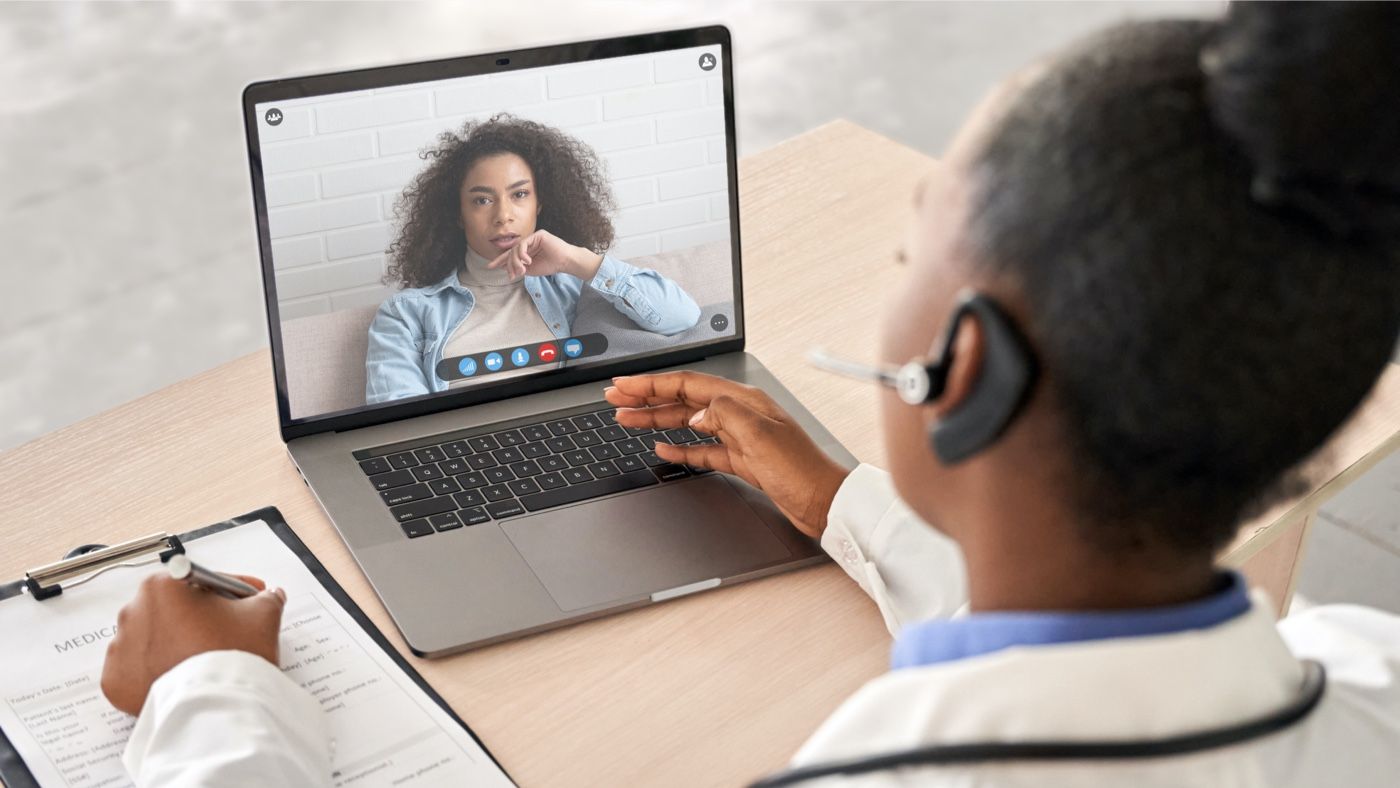Many people have concerns about visiting a doctor during COVID-19. This has resulted in deferred care, but what exactly does it mean for an employee population? And how can an employer help?
Castlight shared its recent findings on deferred care in our latest study, Changes in Health Services Utilization Among Commercially Insured U.S. Populations During the COVID-19 Pandemic, in JAMA Network Open.
This study is the first comprehensive analysis of overall healthcare utilization and deferred care during the COVID-19 pandemic shutdown for the self-insured market. As the leading healthcare navigation platform for some of America’s largest employers, we’re excited that we were able to leverage our database of more than 3.3 billion medical records, to conduct an analysis of the impact of reduced healthcare utilization and deferred care during the early days of the pandemic.
In our study, we found that overall healthcare utilization by covered employees declined 23 percent in March 2020, further declining by 52 percent in April 2020, with large reductions of nearly 70 percent in preventive care for top chronic health conditions in the U.S., such as colonoscopies and mammograms. For example, during March and April 2020, there was a 69.6 percent decrease in colonoscopies, a 67 percent decrease in mammograms, and a 50.7 percent decrease in Hba1C diabetes testing.
According to the Centers for Disease Control, chronic diseases, such as cancer and diabetes, are the leading cause of death and disability in the U.S. This highlights the need for people to be screened for and receive preventive care for top chronic conditions. This year, cancer will remain the second-leading cause of death, with COVID-19 related deaths coming in third—a grim reminder of the devastating loss associated with the pandemic. In addition, the American College of Oncology anticipates a dramatic increase in cancer over the next decade as the result of deferred cancer care and screening.
The study results are an alarm bell for employers. Many employers manage large, distributed, and diverse workforces, and many employees have likely deferred care during the extended shutdown. The health and wellbeing of employees are potentially at risk. As the shutdown continues, it will be critical that employers help support employees with the information they need on how to utilize and maximize their healthcare benefits to ensure their employee populations—especially the most vulnerable employees, get the critical care they need. For example, by reaching out to women in the workforce that have deferred mammography screening, prioritizing care for those with the highest risk factors would ensure they get care as soon as possible.
There are cost implications as well. If the health condition of an employee gets missed as the result of a delayed preventive care visit, the employer faces increased sick time, lost productivity, and increased healthcare costs. For the employee, in addition to now having to manage a health condition, she has to worry about the long-term impact to her job, and added stress about out-of-pocket healthcare costs.
During the early phase of the pandemic shutdown, the study observed patients selecting alternative and safer means to getting care. The study found dramatic increases in the use of telemedicine, with an increase of more than 1,024 percent during March and skyrocketing to more than 4,081 percent by April. The majority of telemedicine was conducted by medical providers with telehealth covering roughly 40 percent of deferred care office visits. However, low income and non-white populations were less likely to use teleheath sevices to make up for deferred care, with patients continuing to pursue in-person office visits, placing them at greater risks for potential COVID-19 exposure.
So what can employers do to help employees during this critical period?
Know your population health. Data-driven health navigation platforms like Castlight can help your benefits leader identify vulnerable populations at risk in your workforce. With proactive outreach, employers can provide employees with timely information and reminders about their available healthcare benefits, helpful resources, and updates about COVID-related operational guidelines for their local health system.
Knowledge is power. Visibility is a superpower. Castlight Complete empowers users with the ability to quickly and easily search for medical providers, automatically serving up top-ranked providers using our proprietary SmartMatch provider search to identify and recommend the highest-value care, with transparent information on cost and quality rankings. Castlight also recently added a helpful visual icon to all providers that offer virtual care. To make sure that employees keep on top of appointments, through our Genius personalization tool, employees automatically receive email reminders to schedule appointments and receive easy to digest information and resources on how to manage their specific health concern.
Provide both digital and high-touch support. With a remote and distributed workforce, the ability to meet employees where they are,when they need support, and how they want is key to success. Having benefits easily accessible via mobile app, desktop, and via telephone keeps it simple, enabling an employee to select the mode of communication best suited for their needs. And with today’s complicated healthcare system, especially for those with ongoing health conditions, having additional access to a live health concierge, such as Castlight’s Care Guides, can be an invaluable resource to help with booking appointments, deciphering a medical bill, or untangling a web of health-related conditions that need care. In addition, Care Guides play a valuable role in helping explain COVID symptoms, testing, and support employer policies around pandemic precautions.
As the shutdown continues and companies continue to find ways to operate in the new normal of work during a pandemic, innovative employers are making health and wellbeing a number one priority to maintain productivity. It’s a win/win for employers and employees, and an effective approach for demonstrating care for a company’s most valuable asset—it’s people.
JAMA Network Open is an international, peer-reviewed, open access general medical journal that publishes research on clinical care, innovation in healthcare, health policy, and global health across all disciplines and countries.



